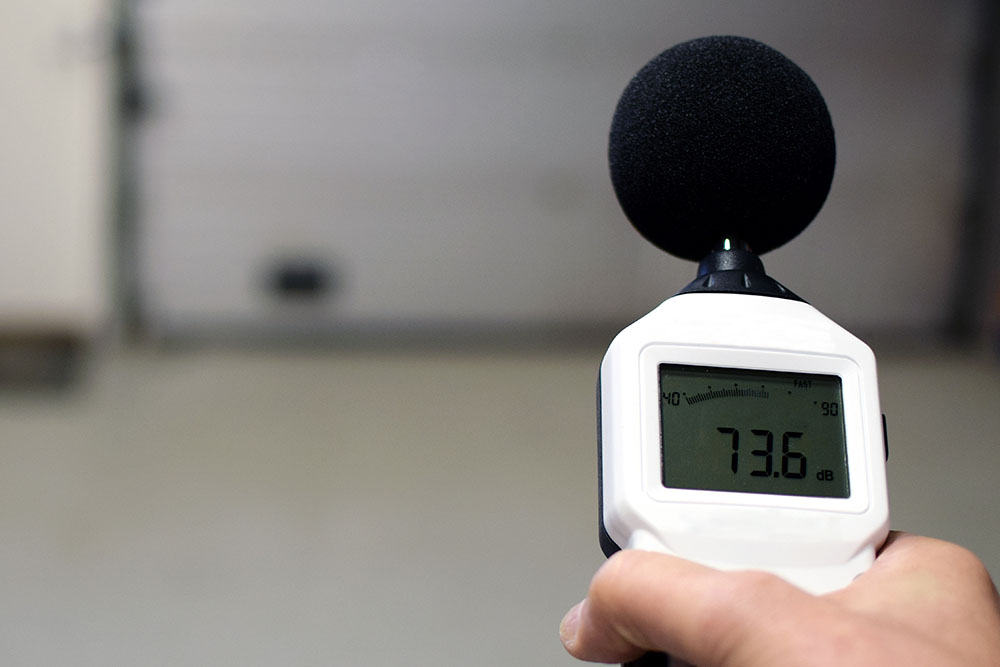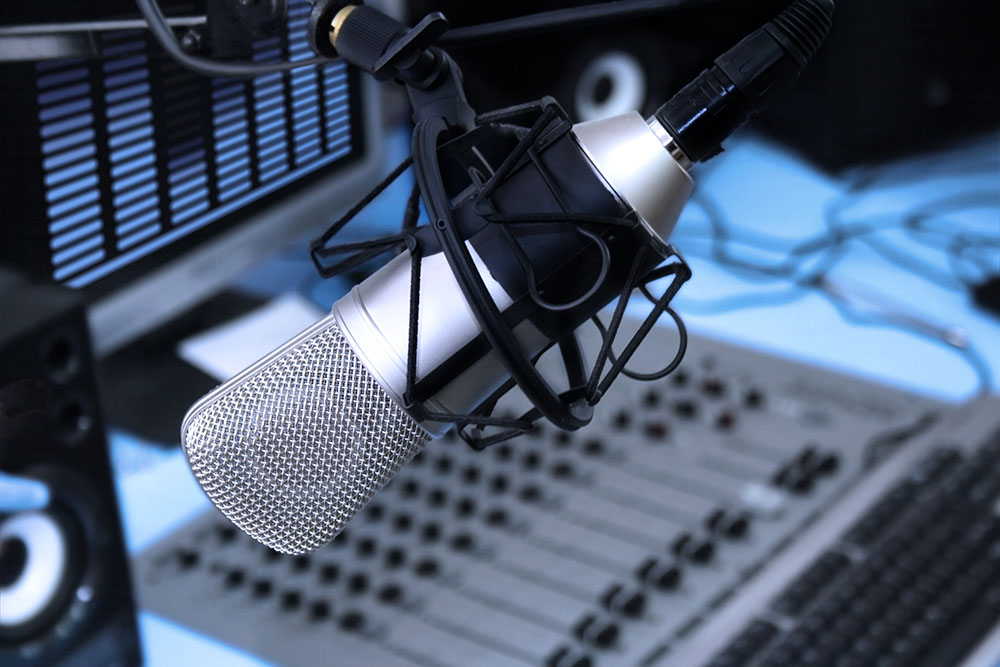People use numerous gadgets, instruments, and equipment that produce a wide variety of sounds. Some of these gadgets are used for communication, some to amplify sound, some for music, and some for entertainment. Behind all this technology are teams of sound engineers and acoustic technicians who exert a lot of effort, time, and energy to make sure that the electronic audio and electro-acoustical devices produce high-quality sound.
They also have to make sure that the sounds created by their instruments meet the specific requirements and pass the various tests and standards mandated by industry experts. To be able to do this, audio analyzers are used to test the quality of sounds and the performance of audio devices and instruments. Audio device analyzers are highly useful equipment that can give an accurate and objective evaluation of a specific musical instrument or device.
Here’s a brief article on what audio analyzers are and what they do.
What Are Audio Analyzers?
Audio analyzers are tools and devices used to test and measure the audio performance of various equipment, devices, and gadgets that produce or emit sound. There are various ways by which audio analyzers can test and measure the performance and quality of different audio equipment, devices, and gadgets.
For example, an audio analyzer is used to test the sound coming from speakers, stereos, microphones, and other electronic audio devices. It measures the strength and quality of signals transmitted by these electronic devices. Some tests require the use of sound cards and software applications to run sound quality and performance tests.
The audio analyzer works by sending a test signal. This test signal is sent to the device being subjected to testing, called a Device Under Test (DUT). The DUT emits a signal based on the test signal sent by the analyzer. The operator of the audio analyzer would then compare the original signal to the output signal that came from the DUT.
The audio analyzer then analyzes the performance of the device based on the difference and distinction between the original test signal and the DUT’s output signal. Several operational indicators come into play in its analysis of audio performance and quality.
The standard parameters used in audio analysis are the following:
- Gain
- Signal-to-noise ratio (SNR)
- Total harmonic distortion plus noise (THD+N)
- Crosstalk
- Phase
Types of Analyzers
There are various types of analyzers, but they can be grouped into three basic categories. There are analog analyzers, digital analyzers, and converter-based analyzers. The main difference between digital analyzers and analog audio analyzers is the hardware that makes up their construction.
The hardware used by an analog audio analyzer to measure audio performance is made up of analog hardware and filters. By contrast, digital audio analyzers use digital signal processing (DSP) algorithms. This is the technology used by digital analyzers to analyze signals.
On the other hand, converter-based audio analyzers can convert analog signals to digital outputs and digital signals to analog outputs. They produce signals in the digital domain and then evaluate the performance and quality of the device or instrument. They then create analog or digital outputs using analog-to-digital converters (ADC) or digital-to-analog converters (DAC).
Applications Of Audio Converters
Audio analyzers can be used and applied in a wide range of fields. Here are some of the typical uses and applications of audio analyzers:
- Testing Devices: Audio analyzers are primarily used to test devices. They’re used to check and measure the capability of a device to produce sounds that have excellent quality.
This is done by comparing the sound quality of a device with those of other standard equipment ratings. Audio analyzers are also used to inspect electronic devices to check if their performance is being disrupted by noise and interferences.
- Product Enhancement: Audio analyzers are also used by product developers and manufacturers to test their product quality and performance. They use the results to look for ways to further improve their electronic and electro-acoustic products and devices. They use the ratings they get from the testing results to identify solutions and technology to further develop their products and reduce noise and interference.
- Quality Assurance: Audio analyzers are also used to make sure that electronic and electro-acoustic devices and gadgets comply with current standards. Manufacturers perform measurement and evaluation tests to make sure that their products meet specification requirements before they are approved to be sold in the market.
Common Electronic Audio Devices Tested By Analyzers
Audio device analyzers are used in a wide variety of tests to make sure that the sounds produced by electronic and electro-acoustic devices conform to industry standards on quality and performance. Here are some of the popular electronic devices and instruments that undergo testing and evaluation by audio device analyzers:
- Radio or Car Stereo
Audio device analyzers ensure that radio FM transmissions used for live broadcasting conform to industry standards. Radio analyzers are also used to bring down noise and interference levels to limits that are considered acceptable by industry standards. The analyzers are used to test and measure standard parameters such as noise, crosstalk, and both intermodular and harmonic distortion.
For analog devices like those vintage car stereos, their performance is tested and evaluated by putting them in different environments. The analog analyzers evaluate the sound they produce and if there are disturbances. They then come up with objective comparisons.
The analyzers evaluate the quality of the sound produced by car stereos in a variety of car structures, cabins, and interior insulating materials. They also evaluate the impact of all potential interference that can affect stereo sound while the vehicle is on the road.
- CD Players
Audio device analyzers are used to test the sound quality and performance of compact disc (CD) players. Product developers use a test CD when they use audio analyzers to evaluate CD players. They also use software applications to test quality and performance.
The measurements required to do the testing are typically already included in the test CD. These measurements will run in a pre-programmed sequence. The software would then come up with the results, which can be printed. The audio analyzer can test and evaluate radio frequencies, which are within the range of 20Hz to 20kHz.
The CD is tested using the standard parameters on noise, distortion, crosstalk, phase, and intermodular distortion. Audio analyzers can also be used to test whether a CD is already defective or has defects. For this, sound engineers use a different specialized CD. This will run tests to detect scratches on the surface and information layer of the CD.
- Electro-Acoustical Devices
Audio device analyzers are also frequently used to test the sound quality of microphones, loudspeakers, amplifiers, and other electro-acoustical devices.
Real-time audio analyzers are used to test the sound quality of loudspeakers. They test various aspects of sound quality, such as volume and frequency.
Audio analyzers test single microphones based on the flat frequency response produced by the microphone. They use a reference speaker or microphone as a benchmark for the sound. Audio device analyzers can also be used to do simultaneous tests on several different microphones.
Sound engineers and acoustic technicians use these tests to evaluate the quality and performance of electro-acoustical devices. They test them based on standard parameters like frequency response, distortion, sensitivity, signal-to-noise ratio (SNR), and idle channel noise. Audio analyzers can also detect if there are any audio imperfections. These measurements are used to test microphones used for mass gatherings in large venues.
- Smartphones and Tablets
Audio device analyzers also test and evaluate other devices and gadgets that emit or produce sounds like smartphones and tablets. They check the speaker, microphone, and earphone circuit of a smartphone before these products are shipped to their buyers. Aside from audio analyzers, audio sound cards are also used to evaluate whether they meet noise specifications and check for any distortions.
Audio quality is an important element of making quality smartphones and gadgets. Sound quality can affect the customer’s experience when making calls, holding video conferences, watching videos, or playing games on their phones. This is the reason why all smartphone manufacturers have invested resources in performing sound quality and performance tests on their products and instruments.
Investments in product research and development have yielded multiple innovations such as wireless earphones, turntables, multi and 3D audio, and bone conduction headphones.
- Hearing Aids
Audio device analyzers also test the sound quality and performance of hearing aids. The sound quality produced by hearing aids from their original source is important because the listener would most likely not have any way of knowing any better whether the sound was accurate or not.
Conclusion
Audio device analyzers are highly useful in testing and measuring the capability of audio devices, instruments, and equipment. You may be working with a lot of audio equipment, be it for broadcasting, large events, streaming, or just for everyday, personal use. These analyzers are integral to a smooth audio experience. For one, audio analyzers are used to test sound quality and measure the performance of electronic audio devices. Audio analyzers are also used to test and evaluate electronic and electro-acoustical devices such as loudspeakers, microphones, and amplifiers.



